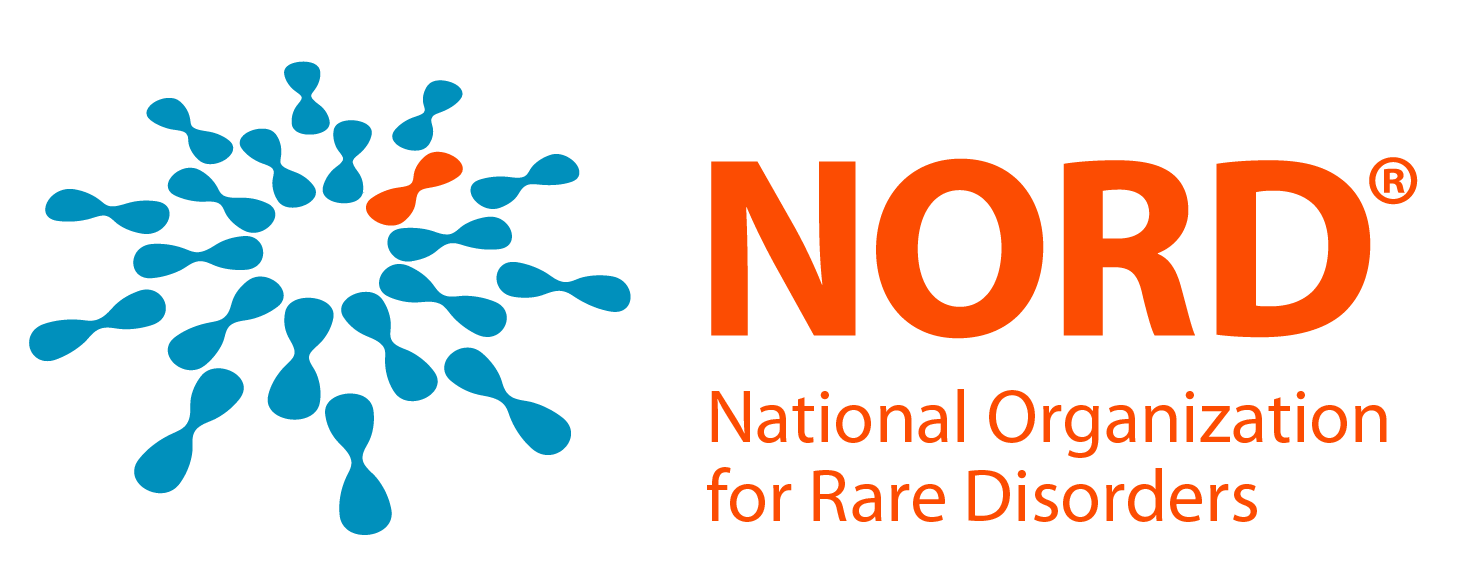The animated videos in NORD’s Rare Disease Video Library provide brief introductions to rare disease topics for patients, caregivers, students, professionals and the public. NORD collaborates with medical experts, patient organizations, videographers and Osmosis to develop the videos, which are made possible by individual donations, educational grants and corporate sponsorships. NORD is solely responsible for the content.
The lung is composed of millions of tiny air sacs (alveoli) with very thin walls that allow oxygen in the air we breathe to pass through into the blood. Surfactant is an oily substance comprising phospholipids, lesser amounts of cholesterol and proteins and is made in alveoli. It is present as a thin layer on the surface of alveolar walls and helps them stay open allowing air to come in and out as we breathe. Once used, surfactant is removed (cleared) from alveoli by cells called alveolar macrophages. This helps prevent surfactant from building up too much. Alveolar macrophages require a signaling or ‘messenger’ molecule called granulocyte/macrophage-colony stimulating factor (GM-CSF) to stimulate alveolar macrophages to function properly and maintain a normal surfactant level in alveoli. This process, called surfactant homeostasis, requires GM-CSF to stimulate alveolar macrophages to remove excess surfactant normally.
Pulmonary alveolar proteinosis (PAP) is a syndrome, a set of symptoms and signs – not a single disease, in which surfactant in alveoli builds up slowly. This blocks air from entering alveoli and oxygen from passing through into the blood, which results in a feeling of breathlessness (dyspnea). Research has greatly improved our understanding of the diseases that cause PAP and how to diagnose and treat them. Diseases that cause PAP can occur in men, women and children of all ages, ethnic backgrounds, and geographic locations. Disease severity varies from mild to severe and depends on which disease is present. Thus, it is important to know which disease is causing PAP in order to determine the best therapy and expected treatment response. Diseases that cause PAP can be grouped into three categories: primary PAP, secondary PAP and congenital PAP (more accurately called disorders of surfactant production).

Your donation will help more than 30 million Americans with a rare disease navigate their diagnosis, receive financial assistance, and access the care and support they deserve. Make your tax-deductible gift today!
